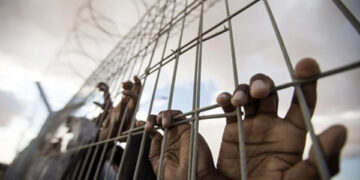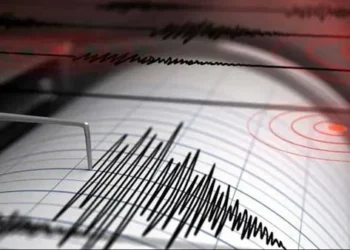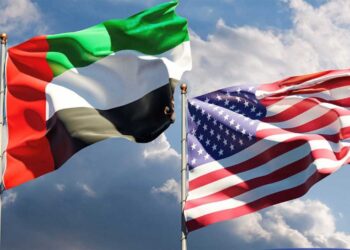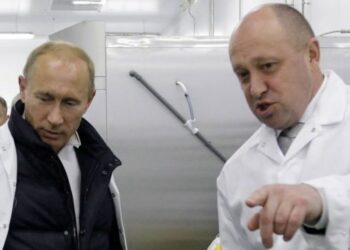US must abandon the “Trump method” in nuclear talks: Iran
But Iranian officials said they hoped for progress in the talks in Qatar, which come after international meetings to return to the deal met a roadblock.
Iran agreed to curb its nuclear program in exchange for reducing sanctions in 2015, before then US President Donald Trump pulled out of the deal three years later.
“We hope that God willing, we can reach a positive and acceptable deal if the United States ditches the Trump method,” Iranian government spokesman Ali Bahadori-Jahromi said.
He described the “Trump method” as “disregarding international law and past agreements and violating the legal rights of the Iranian people”.
The indirect talks – with rival delegations exchanging messages from different parts of the same hotel – come just two weeks before US President Joe Biden makes his first official visit to the region, with Iran at the top of his agenda.
Soaring oil prices and a lack of spare capacity could also make this an opportunity for Tehran to push for the lifting of sanctions on Iranian crude, said Alex Vatanka, director of the Iran program at the Middle East Institute think tank. based in Washington.
Foreign Minister Hossein Amir-Abdollahian said Iran is open to an agreement in Doha, but will not overstep its “red limits”.
“We are serious” in our desire to finalize an agreement, he said, stressing that his country will not withdraw from the “red lines” it has drawn.
“If the American side has serious intentions and is realistic, a deal is available at this stage and this round of negotiations,” he said, quoted by the state-owned IRNA news agency.
IRNA previously described the “red lines” as lifting all sanctions related to the nuclear deal, creating a mechanism to verify that they have been lifted, and making sure the United States does not withdraw from the deal.
The indirect negotiations led by US Special Envoy Robert Malley and Iranian Ali Bagheri come after more than a year of EU-mediated talks in Vienna on the return to the 2015 agreement.
The deal gave Iran relief from sanctions in exchange for cuts to its nuclear program to ensure Tehran couldn’t develop a nuclear weapon, which it has always denied it wants to do.
It has been hanging by a thread since 2018 when Trump unilaterally withdrew from it and began re-imposing tough economic sanctions on the American archenemy.






















